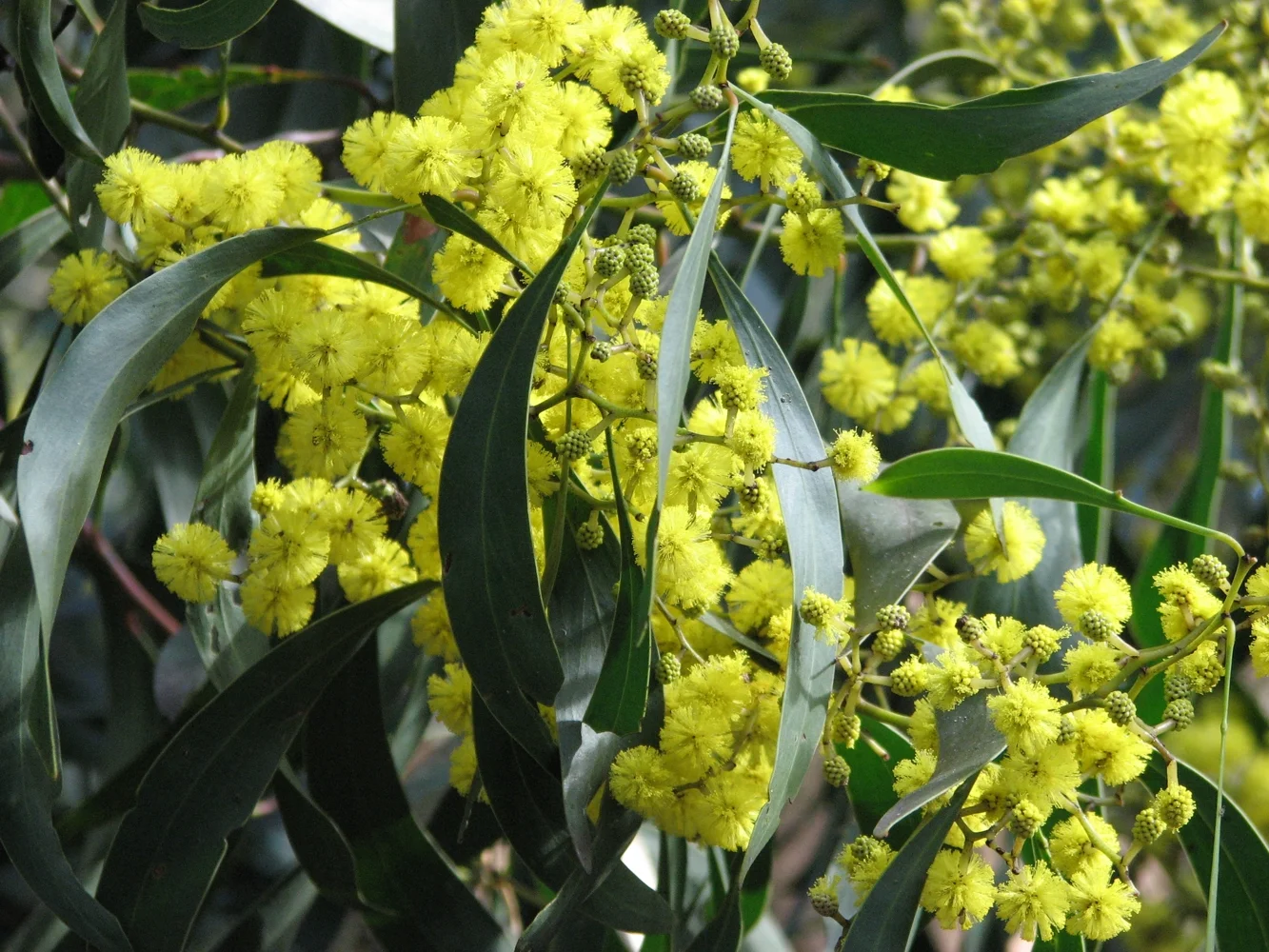This seed x-ray isn’t just beautiful. It’s also a very useful part of the landscape restoration process. Dave Collins and Anne Smith explain why.
Over the past four years we’ve been using an x-ray machine to take a closer look at the seeds we collect from wild populations and our own seed production areas in WA’s Wheatbelt. This has been possible because of great support from our partners at Kings Park Botanical Gardens, Perth.
X-raying seed is a non-destructive way to determine seed viability (the ability of a seed to germinate) compared to the traditional method of cutting them open. Viable seed appear as solid white in structure whereas damaged or infertile seeds are grey or shadowed (D Merritt 2012 et al). Take a look at the Acacia microbotrya x-ray above to see if you can tell the difference. If the use of x-rays was built into the standard practice within the seed supply industry it would become easier to verify the percentage of viable seed – and therefore reduce the problems and costs associated with the use of non-viable seed in habitat restoration works.
X-rays aren’t perfect because there are some things they don’t test for, including:
- They don’t indicate if seed is dormant and requires pre-seeding treatments such as smoke, water, particular day length or particular temperatures to germinate.
- They don’t indicate impermeable seed coats which may prevent germination.
Overall, the use of x-rays has been a great benefit and has helped us refine our direct seeding and seed procurement techniques.
This article has been taken directly from Greening Australia’s excellent email newsletter. To find out more about the great work Greening Australia are doing, please visit their website.
Banner Image: En.wikipedia.org. (2019). List of Acacia species known to contain psychoactive alkaloids. [online] Available at: https://en.wikipedia.org/wiki/List_of_Acacia_species_known_to_contain_psychoactive_alkaloids


